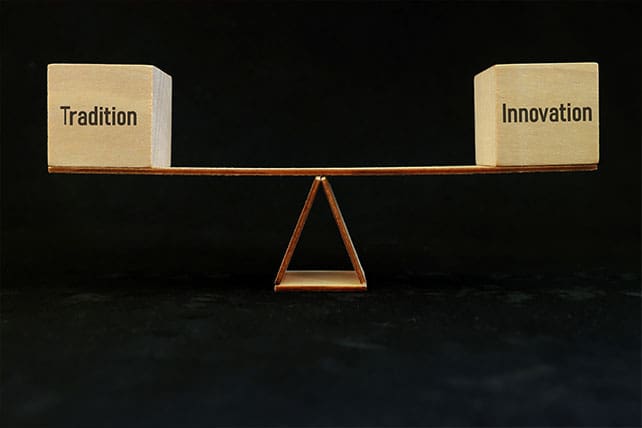3. Simplify Before You Scale
It’s easy to get caught up in the allure of complex setups: multiple cameras, automated lighting, and professional mixing boards. But excellence in hybrid worship doesn’t require extravagance. Sometimes the simplest tools—like a single well-placed camera and clear audio—serve people better than a costly production that distracts from the message.
Start small, test new systems, and focus on quality over quantity. If your livestream reaches one homebound member who feels seen and loved, that’s ministry success.
Blending the Digital and the Devotional
The best uses of hybrid worship technology don’t replace spiritual disciplines—they support them. Apps and livestreams can encourage daily Scripture engagement, group prayer, or discipleship conversations throughout the week.
Churches might create digital follow-up questions tied to each sermon, offer weekly Zoom devotionals, or use text messaging for prayer reminders. These tools help the congregation stay connected beyond Sunday, turning technology into a rhythm of faith rather than a once-a-week supplement.
RELATED: Worship Tech Advice From Experienced Leaders
At the same time, teach your members to balance screen time with sacred time. Encourage them to log off and lean in—to spend moments of quiet reflection without the hum of a device. In the words of theologian A.W. Tozer, “Faith comes first to the hearing ear, not to the intellectual mind.” Technology can open the ear, but God still speaks in the stillness.
Practical Ways to Blend Innovation and Tradition
-
Use digital storytelling: Record testimonies or Scripture readings from members and play them during worship, showing that technology can enhance participation.
-
Train volunteers: Equip both tech teams and hospitality teams so the online and in-person experiences feel seamless and personal.
-
Maintain shared moments: Coordinate times when in-person and online congregations pray or sing together, reminding everyone they’re part of the same body.
-
Evaluate regularly: After major seasons like Christmas or Easter, ask your team: Did our technology deepen worship or distract from it? Adjust accordingly.
The Theology of Connection
At its core, hybrid worship technology is about connection—between people, and between people and God. It’s an expression of the church’s mission to go into all the world, even the digital one. Acts 17:27 reminds us that God “is not far from any one of us.” The church’s role is to make that nearness visible, whether through a sanctuary pew or a smartphone screen.
The early church met in homes, courtyards, and synagogues. Today, we meet in living rooms, online platforms, and chat boxes. The form has changed; the purpose has not.
As you plan for the next season of ministry, take time to evaluate how your church uses technology. Ask God for wisdom to innovate without losing the beauty of tradition. The future of the church will not be determined by bandwidth or budgets but by faithfulness—the faithful use of every resource to proclaim the timeless gospel in a timely way.
Hybrid worship technology, when balanced well, becomes a bridge rather than a barrier. It connects generations, restores rhythms, and carries the good news into every space people inhabit—both sacred and digital.
And that, after all, is innovation worth embracing.

